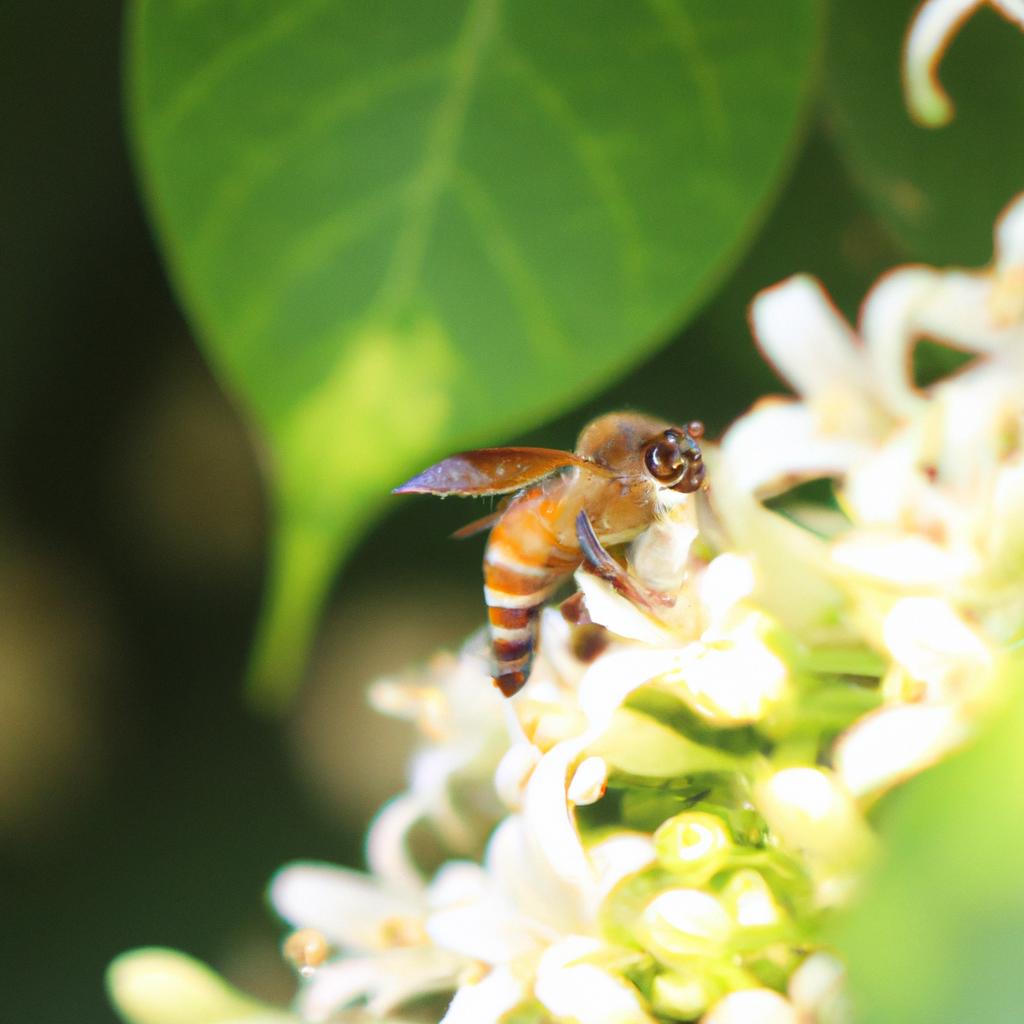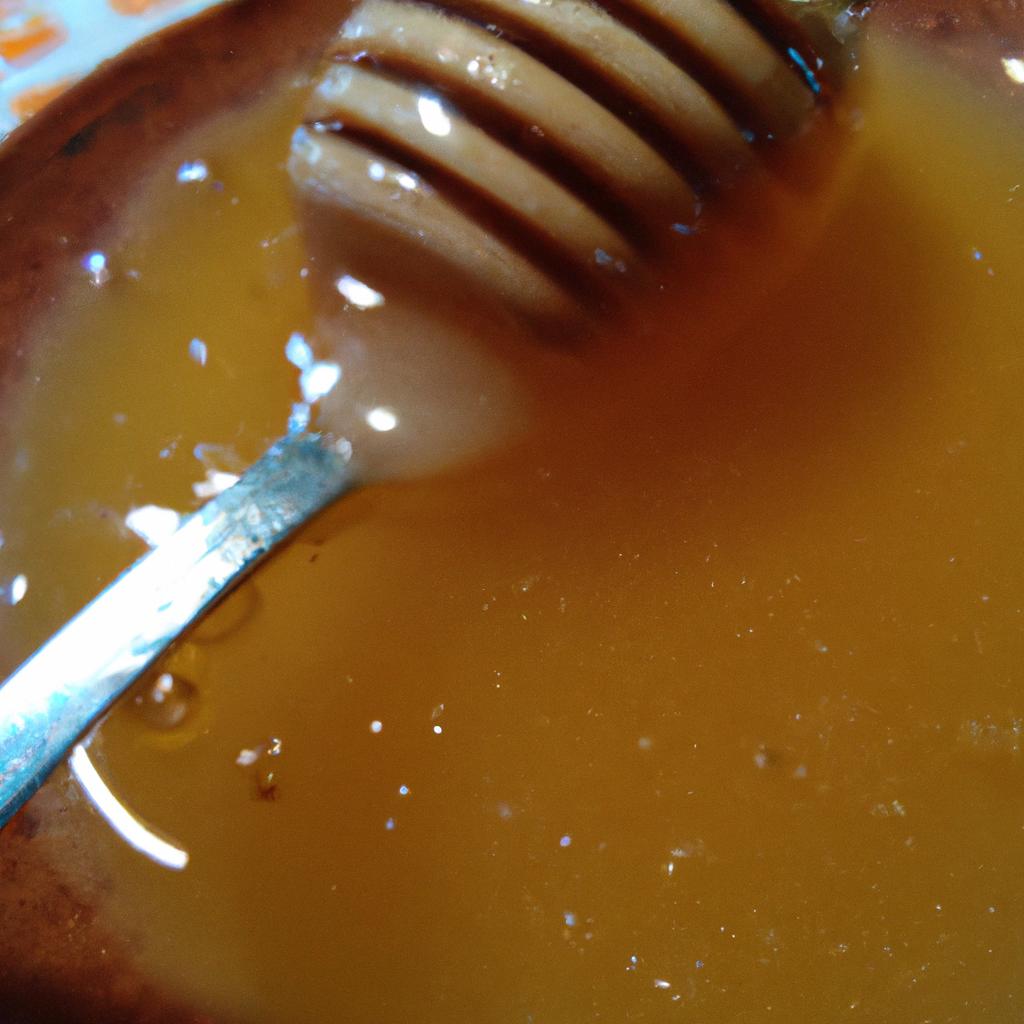Introduction

Honey supers are an essential component of beekeeping. They are boxes placed on top of a beehive that provides additional space for bees to store honey. However, the question often arises as to how fast bees can fill a honey super. In this article, we will explore the factors that affect honey production, the capacity of honey supers, the timeline for honey production, and strategies to speed up honey production.
Factors Affecting Honey Production

Several factors affect honey production, including weather conditions, availability of nectar, strength of the colony, and genetics of the bees.
Weather conditions play a significant role in honey production. Bees need warm weather to fly and collect nectar. If the weather is too cold, bees tend to stay inside the hive, reducing the amount of nectar they can collect. Similarly, if it is too hot, bees may not leave the hive at all, which can affect honey production.
The availability of nectar is also a critical factor. Bees need a consistent supply of nectar to produce honey. If the area around the hive has limited nectar sources, honey production may be slower.
The strength of the colony also plays a role in honey production. A strong colony with a large number of bees can collect nectar faster than a weak colony with fewer bees.
Finally, genetics play a role in honey production. Some bees are better at collecting nectar and producing honey than others. Beekeepers can select for these traits by breeding bees with desirable characteristics.
Honey Super Capacity
The capacity of honey supers is another factor that affects how fast bees can fill them. Honey supers come in different sizes, and beekeepers can choose the size that best suits their needs. The most common sizes are the shallow super, which is about 5 3/4 inches deep, and the deep super, which is about 9 5/8 inches deep.
The type of honey supers also affects capacity. For example, an eight-frame super can hold less honey than a ten-frame super. Beekeepers should choose the type and size of honey super that suits their needs based on the strength of the colony and the expected honey production.
The capacity of honey supers is also affected by the bees’ behavior. Bees tend to fill the available space they have with honey. If the honey super is too small, bees may not fill it completely, resulting in lower honey production. On the other hand, if the honey super is too large, bees may not fill it, resulting in wasted space and resources. Therefore, it is crucial to choose the right size of honey super to ensure optimal honey production.
Honey Super Capacity
The size and capacity of honey supers are crucial factors that affect how long it takes bees to fill them with honey. Beekeepers must choose the right size of honey super based on the strength of the colony and the expected honey production.
The size of the honey super refers to its depth and the number of frames it can hold. Shallow supers are commonly used for honey production as they are easier to handle and harvest. Deep supers are used for brood production, but they can also be used for honey production.
The capacity of honey supers is measured in frames. A typical honey super can hold between 8 to 10 frames, depending on the size of the super. Beekeepers must ensure that the honey super is not too small or too large, as this can affect honey production.
It is crucial to use the proper honey super capacity as it ensures that the bees have enough space to store honey. If the honey super is too small, bees may not have enough space to store honey, which can affect honey production. On the other hand, if the honey super is too large, bees may not fill it completely, resulting in wasted space and resources.
Honey Production Timeline
The honey production timeline is affected by several factors, including the honey production season, timing of honey super placement, average time to fill a honey super, and factors affecting the honey production timeline.
The honey production season typically starts in the spring and ends in the fall. The timing of honey production varies depending on the location and weather conditions. In some areas, honey production may start earlier or later than usual. Beekeepers must monitor the weather conditions to determine the best time to place honey supers.
The timing of honey super placement is critical as it affects honey production. Honey supers must be placed on the hive at the right time to ensure that bees have enough time to fill them with honey. Beekeepers typically place honey supers when the nectar flow is at its peak, which can vary depending on the location.
The average time to fill a honey super varies depending on several factors, including the strength of the colony and the availability of nectar. Bees can fill a honey super in as little as two weeks, but it can take up to six weeks or more.
Several factors affect the honey production timeline, including weather conditions, availability of nectar, strength of the colony, and genetics of the bees. Beekeepers must monitor these factors and take appropriate steps to ensure optimal honey production.
Strategies to Speed Up Honey Production
Beekeepers can use several strategies to speed up honey production and fill honey supers faster. Here are some of the most effective strategies:
Stimulating Honey Production
One of the most effective ways to speed up honey production is to stimulate the bees to produce more honey. Beekeepers can do this by feeding the bees sugar syrup, which provides the bees with the energy they need to produce honey. Beekeepers can also use essential oils or pollen patties to stimulate the bees to produce more honey.
Adding More Honey Supers
Another strategy to speed up honey production is to add more honey supers to the hive. When bees have more space to store honey, they tend to produce more honey. However, it is essential to add honey supers at the right time. Beekeepers should add honey supers when the bees have filled most of the existing honey supers and are starting to run out of space.
Requeening the Hive
Requeening the hive is another strategy to speed up honey production. A new queen can increase the productivity of the hive and stimulate the bees to produce more honey. Beekeepers should consider requeening the hive if they notice a decline in honey production or if the queen is old or failing.
Providing Optimal Conditions for Bees
Providing optimal conditions for bees is crucial for honey production. Beekeepers should ensure that the hive is well-ventilated, and the bees have access to clean water and food. Beekeepers should also monitor the health of the bees regularly and treat any diseases promptly.
Conclusion
In conclusion, honey supers play a vital role in honey production. The speed at which bees can fill a honey super depends on several factors, including weather conditions, availability of nectar, strength of the colony, genetics of the bees, and the capacity of honey supers. To speed up honey production, beekeepers can use strategies such as stimulating honey production, adding more honey supers, requeening the hive, and providing optimal conditions for bees. It is essential to monitor honey production regularly to ensure that the hive is healthy and productive. Honey supers are an essential tool in the honey production process, and beekeepers should choose the right size and type of honey super to ensure optimal honey production. At BeeKeepinglove.com, we understand the importance of honey supers in beekeeping and encourage beekeepers to use them to maximize honey production.
